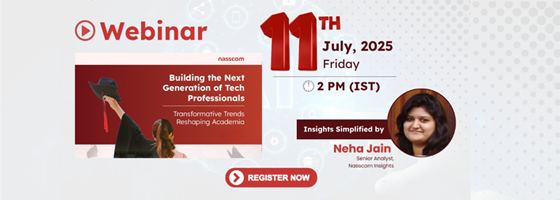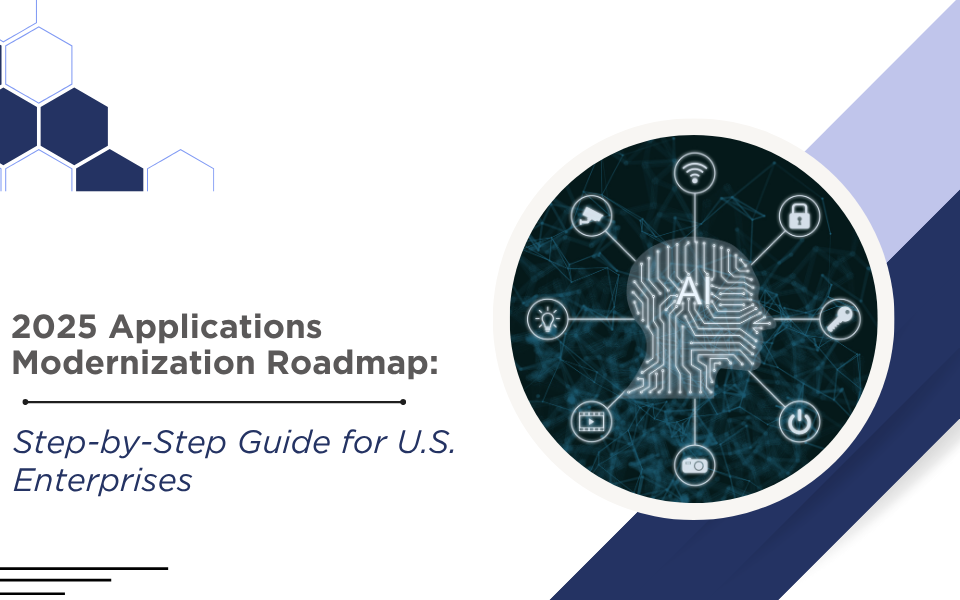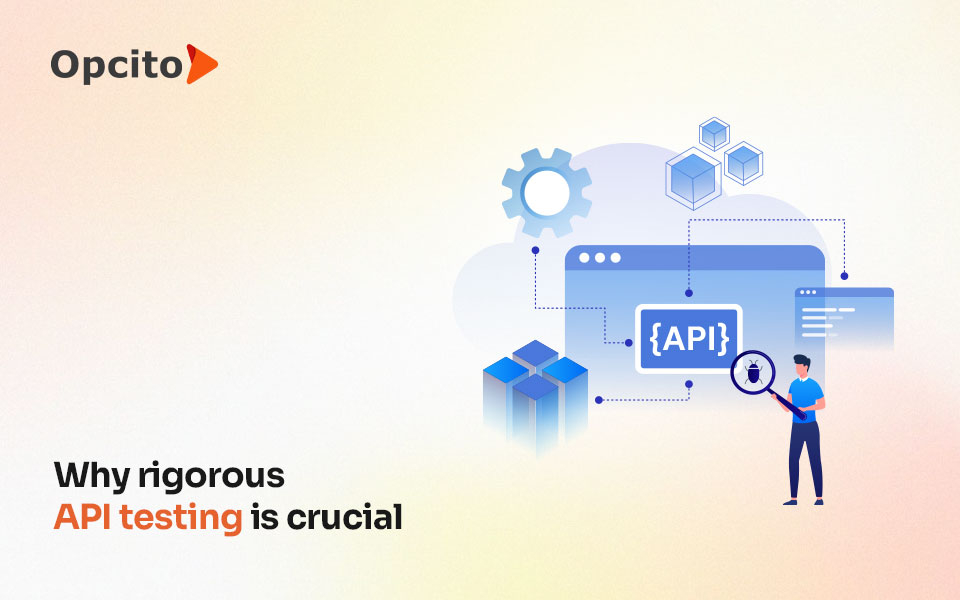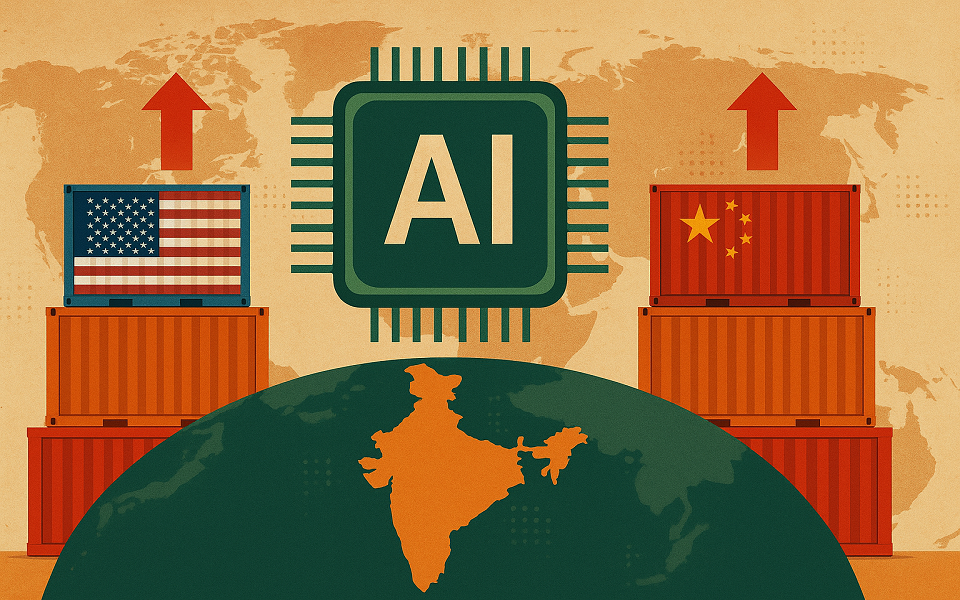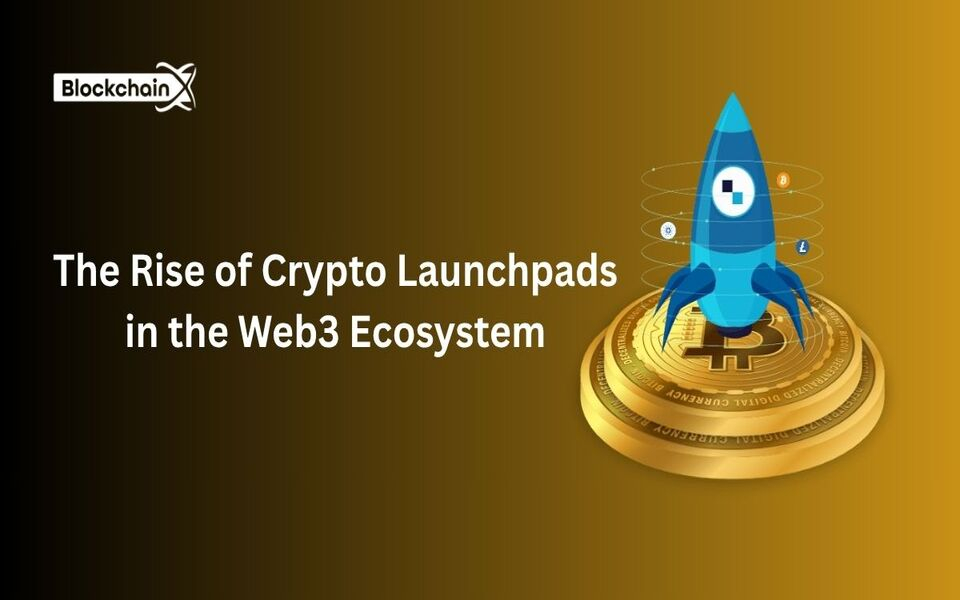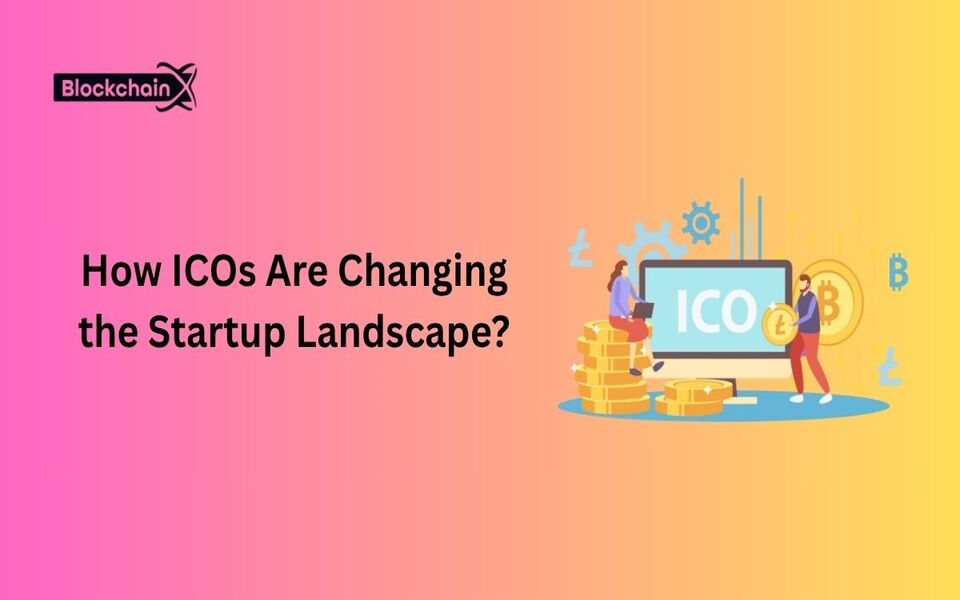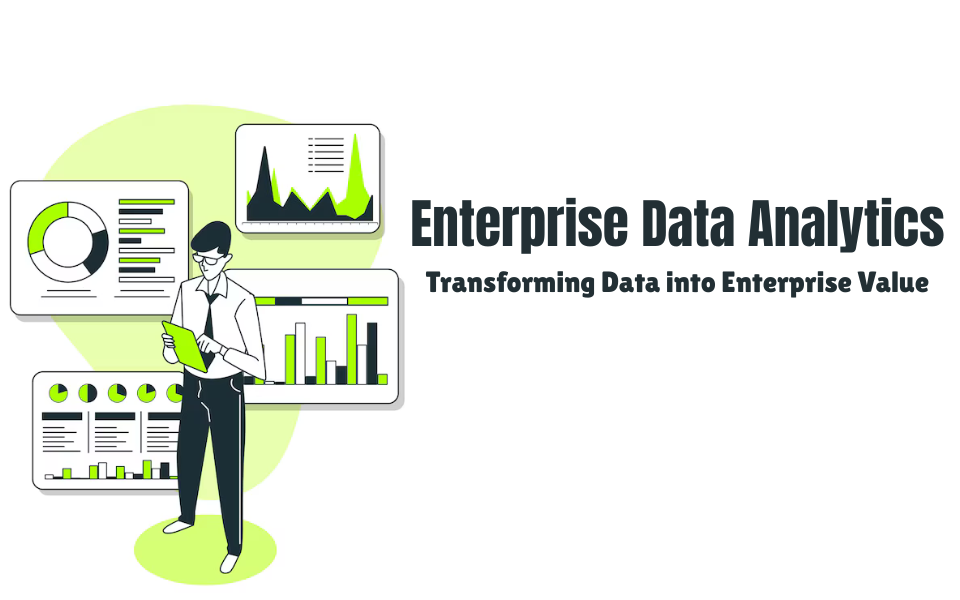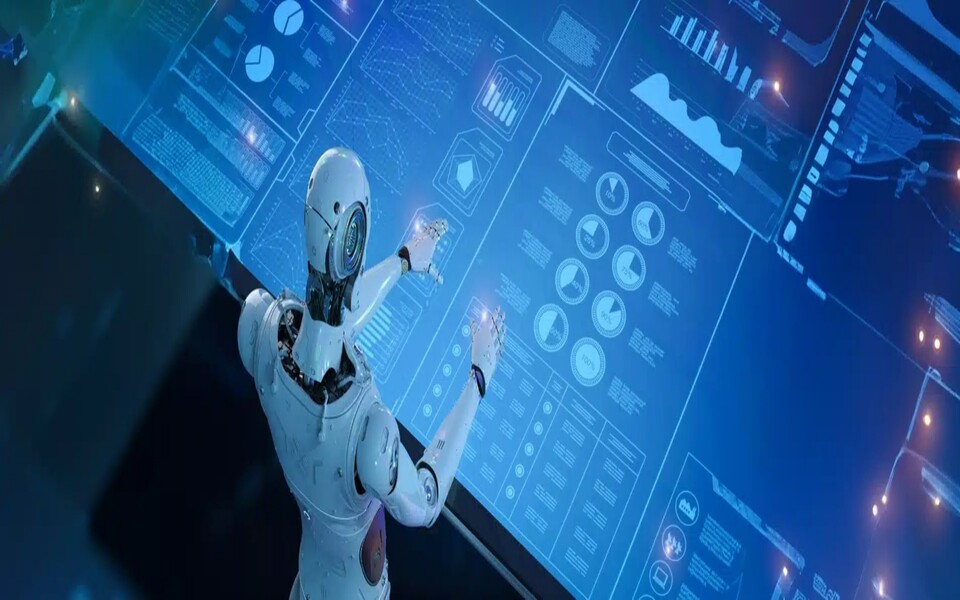This session, as Patrick mentioned to a visibly packed house, was decidedly strategic, and not technical in any sense. He emphasized that it wasn’t going to be a primer on Hadoop or any other, and the focus would primarily be on Use Cases, and their avowed financial impact from a Big Data standpoint.
Incredible as it may seem, even as late as 2015, the ROI for Big Data was a negative 45 percent. Which meant that if you put in 100 dollars, you got in return a paltry 45, an erosion of even the capital amount. Understandably, those were still the very early days and though currently there is a “data explosion”, but things to come by will be nothing short of spectacular, as KPIs get re-defined.
The Shocker
It is not a good practice to start a presentation with charts, but since we were on the business of disruption, Patrick jocularly remarked, that was what he exactly had in mind and buck the trend, amid peals of laughter.
And, what a chart it was! In 2010, the cost of storing 1 petabyte of data was 80 K USD, and how much do you think it will be less than 4 years from now? A jaw-dropping 4 dollars! Would you believe it? Something that held us in thrall. In his words, this was probably the most impactful slide in his hour-long Master Class presentation at the NASSCOM Big Data & Analytics Summit.
The Key Factors
So what really are at the helm of this radical shift? Faster Bandwidth, Data Processing and humongous Data Storage, were unfolding right in front of our eyes at a disruptive pace. In this incredible curve, cost structures were collapsing at an exponential rate, as also evidenced by the entry of new players who were flooding the data business.
Typically we are looking at a timeline of 5 to 10 years. Today, it is the resourceful people, who are leveraging this sheer opportunity and inspiring an entire generation in process. Unmistakably, the challenge around talent remains, as the supply of STEM (Science, Technology, and Engineering & Mathematics) professionals struggle to meet the ever burgeoning demand. However, this will change. As, demand for data scientists spike up beyond all estimation (and it will!), the supply side economics will have to kick in to maintain equilibrium.
With so much of data going all around, it is imperative that we consider KPIs with a whole new scope. That is why, Use Cases are of great significance. When sceptics opine that it cannot be done, it is overwhelming to even point out what’s already been done.
The Stunning Story of Whatsapp – It is About Leverage!
A certain gentleman called Brian Acton had applied for a job in Facebook, and this was in the year 2009. As destiny would have it, he got rejected. A gracious man that he was, and far from feeling bitter, he went on to create WA.
Is it then poetic justice that Facebook bought his company 5 years later for a whopping 19 billion USD? Pray, how many employees did WA have? Fifty Five! If the sale proceeds were to be a function of per employee, then it would work out to be a staggering 345 million USD. Furthermore, WA has 450 million active monthly users, which would mean 42 USD per user. When you see it in proper perspective, it’s like touching the lives of half a billion people in 5 years, and all this with 55 people ONLY. That’s the kind of leverage the world is looking at.
Working the Levers
Some people are already leveraging this opportunity and tripping over themselves to get ahead of the game, while many times more are being impacted by it, and yet, there are a few who continue to resist it. It takes a special kind of belief to continue to drive this lever despite some early failings. This leverage has been made possible because of software, cloud, mobile, wearable technology, robotics and the like.
He cited the example of Tesla factory in California, which is almost completely manned by machines, and human intervention is almost negligent. A modern day ghost town? The Amazon Distribution Centre is yet another. Baxter, the 20 K $ robot and its capabilities are equally spectacular. Satellite technology has advanced to an extent where satellites are now the size of coffee mugs. Examples galore, how AI is being leveraged to create a whole new set of experiences. Not least being the likes of Oculus, Autonomous Cars, Delivery Drones and other such incredible applications.
Right through the 50s, 60s and 70s, corporate America kept adding electricity / power to every device imaginable. The trend that we are witnessing now, is somewhat similar. It is AI which has replaced electricity of past. Sensors are increasingly seen to be everywhere. Jokingly Patrick remarked, “My computer does not know that I am sitting in front of it, but the urinal does. Would it be a stretch to imagine that even chairs in future will come equipped with sensors?”
Radical Shift is Unfolding Right Now, But Unevenly
The future is already here, only, it is NOT evenly distributed as yet. Huge margins, an aspirational business outcome will come to fruition furthermore, because of Big Data Applications. Like everything else, clearly there are early adopters and laggards. It is quirky though, to witness the habits of a puzzling bunch of folks who use smart phones only because the black chunky devices (land phones) are NO more available. If it were, they’d still be happily using it.
The adoption of AI is just about getting started though, in some sense. It is accentuated by the fact that price of data storage is rapidly falling – looping back to the earlier example of how rapidly this has happened. Explosion of opportunities is seeing early adopters making a beeline for it. This might just be the right time to join the bandwagon.
We are hard wired to think in linear terms, but the time has come to think exponentially and in a non-linear fashion. The technology that we use now, will soon be available at one-hundredth the cost which will proliferate adoption. By 2020, it is estimated that 50 billion devices will connected. Most will have in-built sensors which will cost much less, consume lesser energy but will be infinitely more powerful. Once again the rules of the game would have changed.
Size, Seen in Perspective
The stock market generates one terabyte of data per day. In comparison, Facebook generates 30 terabytes of data every day. An A 380 airplane generates 30 terabytes of data per engine – these are Rolls Royce engines – every 30 minutes. Just imagine, if this data can be effectively used to generate fuel efficiency even by 1 per cent – a staggering 2 billion USD could be saved. Now imagine the huge impact on financials.
The basic opportunities in Big Data:
- Security can be equated to curbing or averting disasters
- Optimization is equal to bringing down cost
- Prediction will lead to revenue
It is said that leaders hate structure as much as followers love it. That’s why it is important to look at Use Cases, and the market is replete with examples from industries as varied as Retail, BFSI, Healthcare, Telecom and Manufacturing. The Four Horsemen (as is popularly known) are: Facebook, Amazon, Google and Apple. Some of these organizations have high gross margins, and are sitting on a pile of cash. This makes it possible for them to invest heavily on exploration of new ideas, which can lead to disruption.
Driving Competitiveness in Governments
Arguably, governments too are not to be left far behind. Almost all major governments in the world are using internet to deliver services to its citizens. Recently, they were ranked as well in terms of their effectiveness and outreach. South Korea and Australia topped this list. Higher ranks were observed in Asia and Northern Europe.
To put things in perspective, India ranked 118th, China 70, Sri Lanka 74, Bangladesh at 148, and Pakistan 158. This is actually a good thing. It builds a sense of competitiveness between governments, as they and try and outdo each other, to score higher and look attractive to investors. Nonetheless, higher ranked countries because of their maturity levels, will be more difficult to penetrate. On the other hand, it may be easier to create new demand in some of the lower ranked nations. This can be a very good starting point for conversations to kick off. There are infinitely more smart cities than there are nations, so the scale of opportunities in Smart Cities is huge. The primary areas are: Management of public utilities and city administration; Infrastructure in terms of water, transportation and energy; People – social programme and healthcare.
Use Cases
1. Miami Dade County. Smart metering technology was used to fix leaks to save on water usage. Better water management led to savings of up to 1 million dollars each year, which worked out to be 20% of the annual budget.
2. New York City has 52 K manholes, 25k miles of cabling and had as many as 61k troubled tickets till recently. A sitting disaster, where 300-pounder manhole tops were known to explode without warning, and hazarding human lives & property. The project was given to the students of MIT, who used Predictive Maintenance algorithms to fix the issue. This brought down the risk of fire by as much as 80%.
3. Predictive Policing. Crimes not very unlike earthquakes, have aftershocks. Analytics has been used to predict crimes within 500 feet of occurrence. This helps in effective deployment of the police force.
Typically, Analytics can help increase sales & margins and lower labour cost. In a large retail outlet, this data can be generated for each department to create a competitive spirit among managers. Advanced studies reveal and rather interestingly though, money is not the biggest motivator in life, but autonomy, mastery and sense of purpose are.
Disrupting Adjacent Markets
Big Data can throw up most perplexing results. In Walmart stores in US, it has been observed that whenever there is hurricane warning, the sales of strawberry pop tarts go up by as much as 600%, besides the other essential items. Why does this happen? Perhaps because we are humans after all, and not always rational. One should not look at data with a hunch, but allow data to speak for themselves. One should avoid falling into the causal effect relationship trap, as humans are wont to.
There’s yet another example. It shows that those who spend a lot of time playing pool, have a low credit score. Vis-à-vis those individuals, who spend on premium bird food, who have high credit scores.
At times, it is best not to focus on why.
Disruption usually happen in adjacent markets. No one in their right senses would disrupt their bread-and-butter business. Some examples from the past: Facebook disrupted SMS; Linkedin did the same to traditional methods of recruitment; Kindle to the book industry; Tesla, Google are all examples of companies which disrupted adjacent markets.
Questions to Ponder Over:
1. What is the biggest threat to your business?
2. Who is your worst supplier? Can you develop those capabilities in-house and control that part of the supply chain?
3. What is that unrealised experience which customers want from you? Can you do anything about it?
4. Can your assets be used differently?
Big Data is about thinking big. Way bigger. When one thinks big, it is actually inspirational to many people. In turn disruptors end up as poster children.
On a lighter vein, Patrick said: Richard Branson once remarked, the fastest way to be a millionaire is to start off as a billionaire and get into the airline business. Today the average age of the IT industry is 27. Typically the generation who we call Millennials. This generation thrives on challenges and doing interesting things.
Leadership is about taking advantage of the levers and thinking big all the time.

